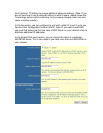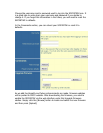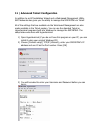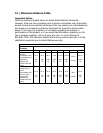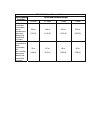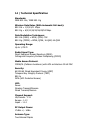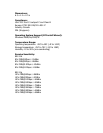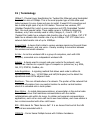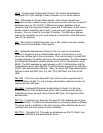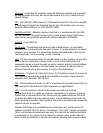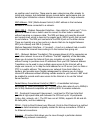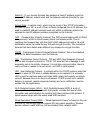
Ethernet - A standard for computer networks. Ethernet networks are connected
by special cables and hubs, and move data around at up to 10 million bits per
second (Mbps).
ESS - ESS (ESS-ID, SSID) stands for "Extended Service Set". More than one BSS
is configured to become an Extended Service Set. LAN mobile users can roam
between different BSSs in an ESS (ESS-ID, SSID).
Fast Ethernet NIC - Network interface card that is in compliance with the IEEE
802.3u standard. This card functions at the media access control (MAC) layer,
using carrier sense multiple access with collision detection (CSMA/CD).
Fixed IP
– (see Static IP)
Full-Duplex
- Transmitting and receiving data simultaneously. In pure digital
networks, this is achieved with two pairs of wires. In analog networks, or digital
networks using carriers, it is achieved by dividing the bandwidth of the line into
two frequencies, one for sending, one for receiving.
Hub - Central connection device for shared media in a star topology. It may add
nothing to the transmission (passive hub) or may contain electronics that
regenerate signals to boost strength as well as monitor activity (active/intelligent
hub). Hubs may be added to bus topologies; for example, a hub can turn an
Ethernet network into a star topology to improve troubleshooting.
IP Address - IP stands for Internet Protocol. An IP address consists of a series of
four numbers separated by periods, that identifies an single, unique Internet
computer host. Example: 192.34.45.8.
ISP
- Internet Service Provider. An ISP is a business that provides connectivity to
the Internet for individuals and other businesses or organizations.
LAN
- A communications network that serves users within a confined
geographical area. It is made up of servers, workstations, a network operating
system and a communications link. Servers are high-speed machines that hold
programs and data shared by network users. The workstations (clients) are the
users' personal computers, which perform stand-alone processing and access the
network servers as required.
Diskless and floppy-only workstations are sometimes used, which retrieve all
software and data from the server. Increasingly, "thin client" network computers
(NCs) and Windows terminals are also used. A printer can be attached locally to
a workstation or to a server and be shared by network users. Small LANs can
allow certain workstations to function as a server, allowing users access to data




